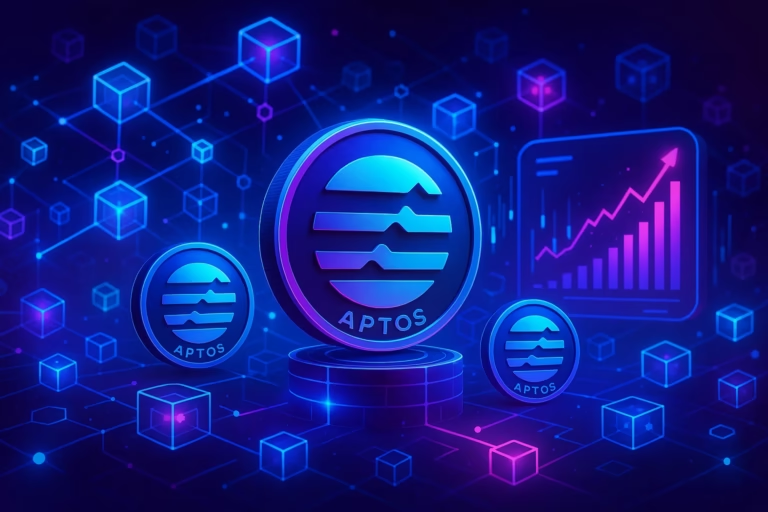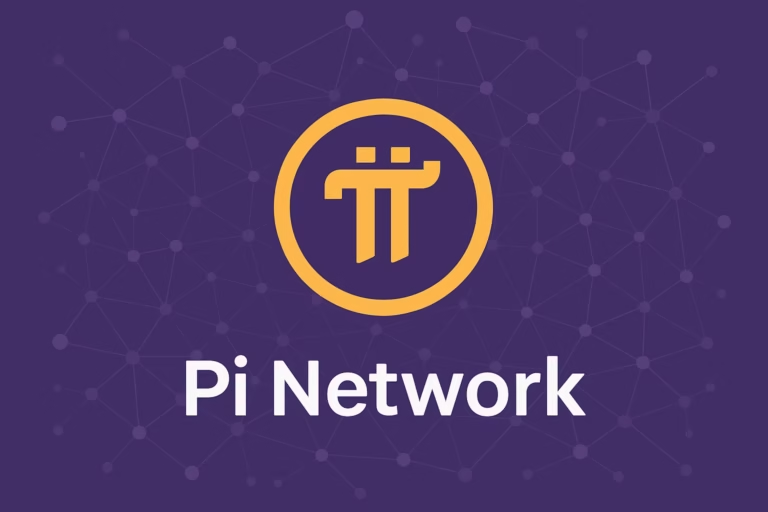
- Anatoly Yakovenko, cofounder of Solana Labs, emphasizes that Solana’s primary goal is global state synchronization rather than maximizing throughput, distinguishing it from other blockchains.
- Despite achieving a daily average of 1,504 transactions per second, Solana prioritizes minimizing latency and ensuring efficient global synchronization, which sets it apart in the blockchain ecosystem.
In a recent post on X (formerly Twitter), Anatoly Yakovenko, cofounder of Solana Labs, unveiled a fundamental aspect of the Solana blockchain. Known by his username “toly,” Yakovenko emphasized that Solana’s core objective is not just to achieve high throughput, but to synchronize global states as swiftly as physics allows. This revelation sheds new light on the blockchain’s design philosophy and sets it apart from other platforms.
Synchronizing at the Speed of Light
Solana is an integrated, open-source blockchain designed to synchronize global information at the speed of light, prioritizing both latency and throughput. This ambitious vision sacrifices some verifiability to achieve unparalleled global state synchronization. Key features such as the novel timestamp mechanism called Proof of History (PoH), the block propagation protocol Turbine, and parallel transaction processing are central to its architecture. These components work in concert to ensure efficient synchronization across the globe.
Yakovenko’s comments provide a fresh perspective on Solana’s design goals. While the blockchain is often celebrated for its impressive throughput, with recent data from CoinGecko showing an average of 1,504 transactions per second (TPS) on April 6, the true aim lies in global state synchronization. This performance outpaces Ethereum and Polygon, marking Solana as the fastest among large blockchains during a period of heightened activity.
Performance Beyond Speed
Despite achieving a daily average TPS that is 46 times faster than Ethereum and more than five times faster than Polygon, Yakovenko reiterates that high throughput was never the primary goal. Solana’s design is fundamentally about minimizing latency and maximizing synchronization efficiency. This approach is reflected in its ability to reach only 1.6% of its theoretical maximum speed of 65,000 TPS, according to CoinGecko. The network’s current congestion suggests that planned enhancements could further boost its real TPS capabilities.
The blockchain’s focus on global state synchronization means it can handle significant transaction volumes efficiently, though this has led to network congestion. This congestion raises important questions about the scalability of Solana and how quickly it can achieve greater real TPS with upcoming improvements.
As of now, Solana’s native token, SOL, is experiencing a bullish trend. The token has seen a price increase of over 5%, reaching $168.43 in the last 24 hours. Bulls have established a support level at $156.77 and a resistance level at $171.61. However, the 10% decrease in trading volume indicates a potential shift towards bearish sentiment in the market.
Solana’s innovation lies in its commitment to synchronizing global states efficiently, not merely achieving high throughput. This focus on latency and synchronization defines Solana’s unique place in the blockchain ecosystem, driving its impressive performance and continual evolution.




